The American Revolution- Why Colonists Declared Independence

The American Revolution: Why Colonists Declared Independence
The American Revolution was one of the most transformative events in world history. What began as a struggle over taxes and governance turned into a bold experiment in self-rule that reshaped the global balance of power. For thirteen colonies along the Atlantic coast, the decision to break away from the British Empire was not taken lightly. It came after years of mounting tensions, broken trust, and a belief that liberty was worth more than loyalty. Understanding why colonists declared independence requires looking at the political, economic, and social forces that drove them to risk everything in pursuit of freedom.
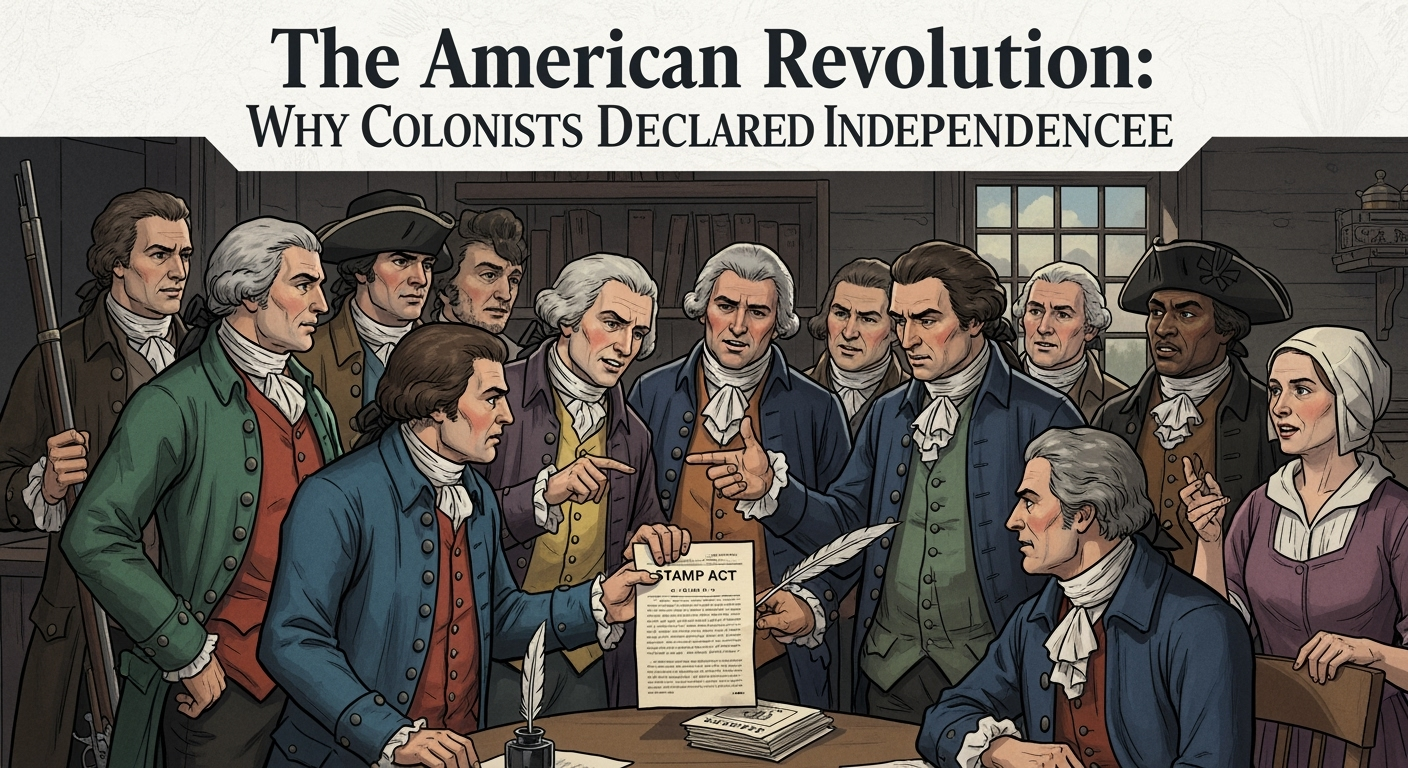
The Seeds of Discontent
The roots of the Revolution stretch back long before 1776. For more than a century, the American colonies had enjoyed relative autonomy under a system known as "salutary neglect." Britain provided military protection and access to global markets while colonists governed many of their own affairs. This arrangement allowed local assemblies to grow powerful and accustomed to self-rule.
The French and Indian War (1754–1763) changed everything. Britain’s victory secured vast new territories in North America but left the empire deeply in debt. To recover costs, Parliament turned to the colonies, believing it reasonable that they should help pay for their own defense. For colonists, however, this marked the beginning of a new era of interference that clashed with long-held traditions of independence.
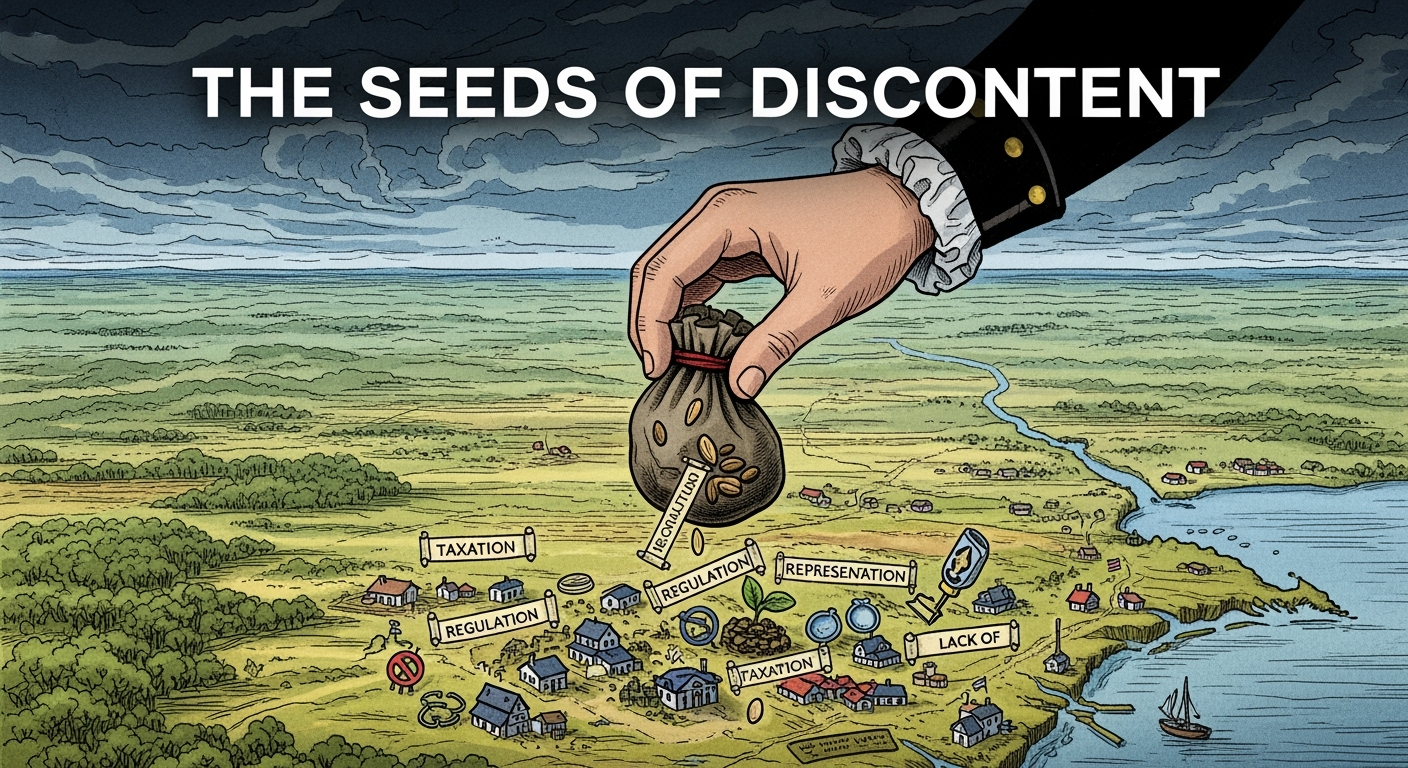
Taxation Without Representation
The first major flashpoint came with the Stamp Act of 1765, which required colonists to purchase stamps for legal documents, newspapers, and other printed materials. To the British, this was a straightforward revenue measure. To colonists, it was an attack on their rights. They argued that only their own elected assemblies could levy taxes. The rallying cry of "no taxation without representation" echoed across the colonies.
Resistance was fierce. Merchants boycotted British goods, newspapers spread fiery rhetoric, and groups like the Sons of Liberty organized protests. Parliament eventually repealed the Stamp Act, but the damage was done. The relationship between Britain and its colonies had begun to fracture.
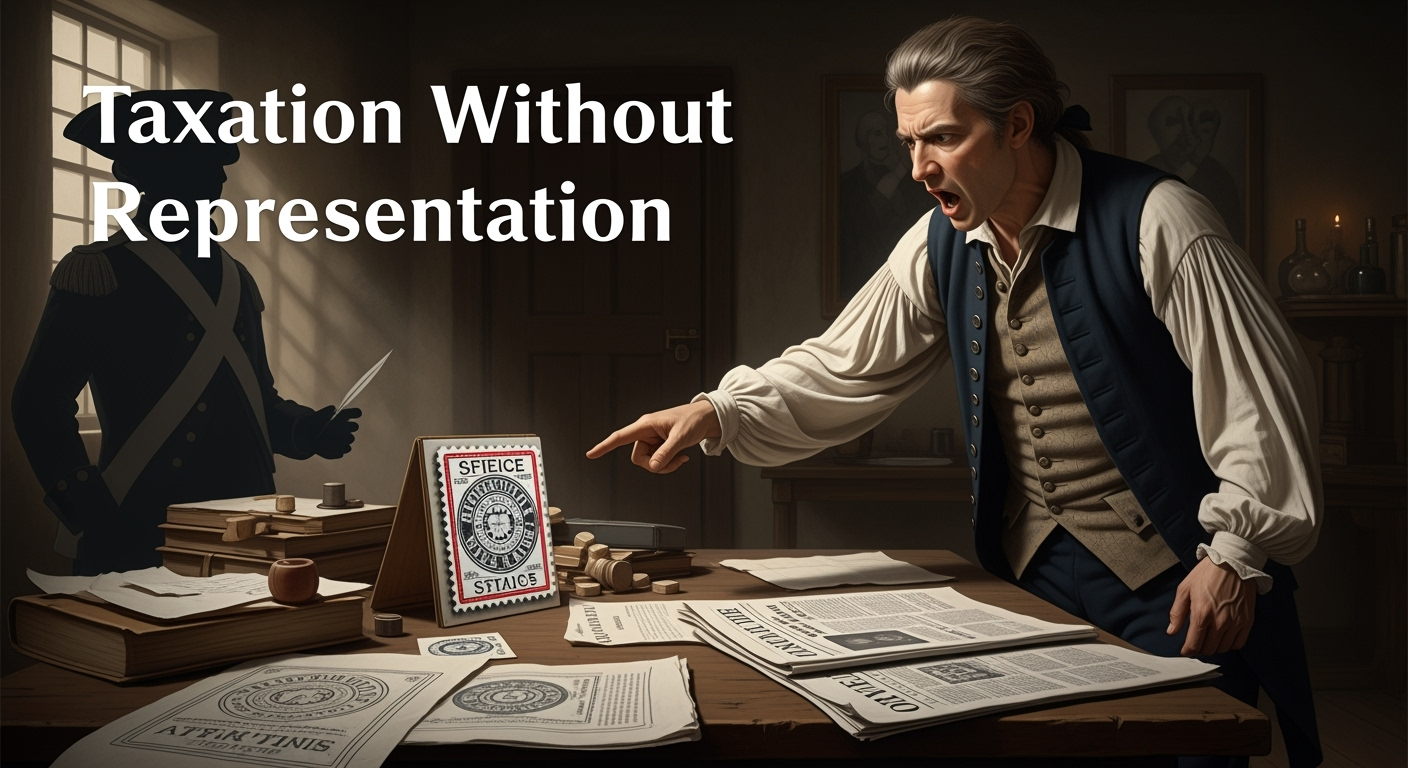
The Intolerable Acts and Colonial Unity
Over the next decade, new taxes and laws deepened the divide. The Townshend Acts imposed duties on imports like glass, paper, and tea. In response, colonists organized boycotts and sometimes violent resistance. Tensions boiled over in 1770 during the Boston Massacre, when British soldiers fired into a crowd, killing five people.
The situation worsened with the Tea Act of 1773, which gave the struggling British East India Company a monopoly on tea sales. Colonists saw this as another attempt to undercut their rights. The infamous Boston Tea Party followed, as protestors dumped chests of tea into the harbor.
Britain retaliated with the Coercive Acts, known in America as the Intolerable Acts. These laws closed Boston’s port, curtailed town meetings, and allowed British officials accused of crimes to be tried in England. Rather than cowing the colonies, the measures galvanized them. For the first time, colonial leaders began to see themselves as part of a shared struggle, uniting against what they viewed as tyranny.
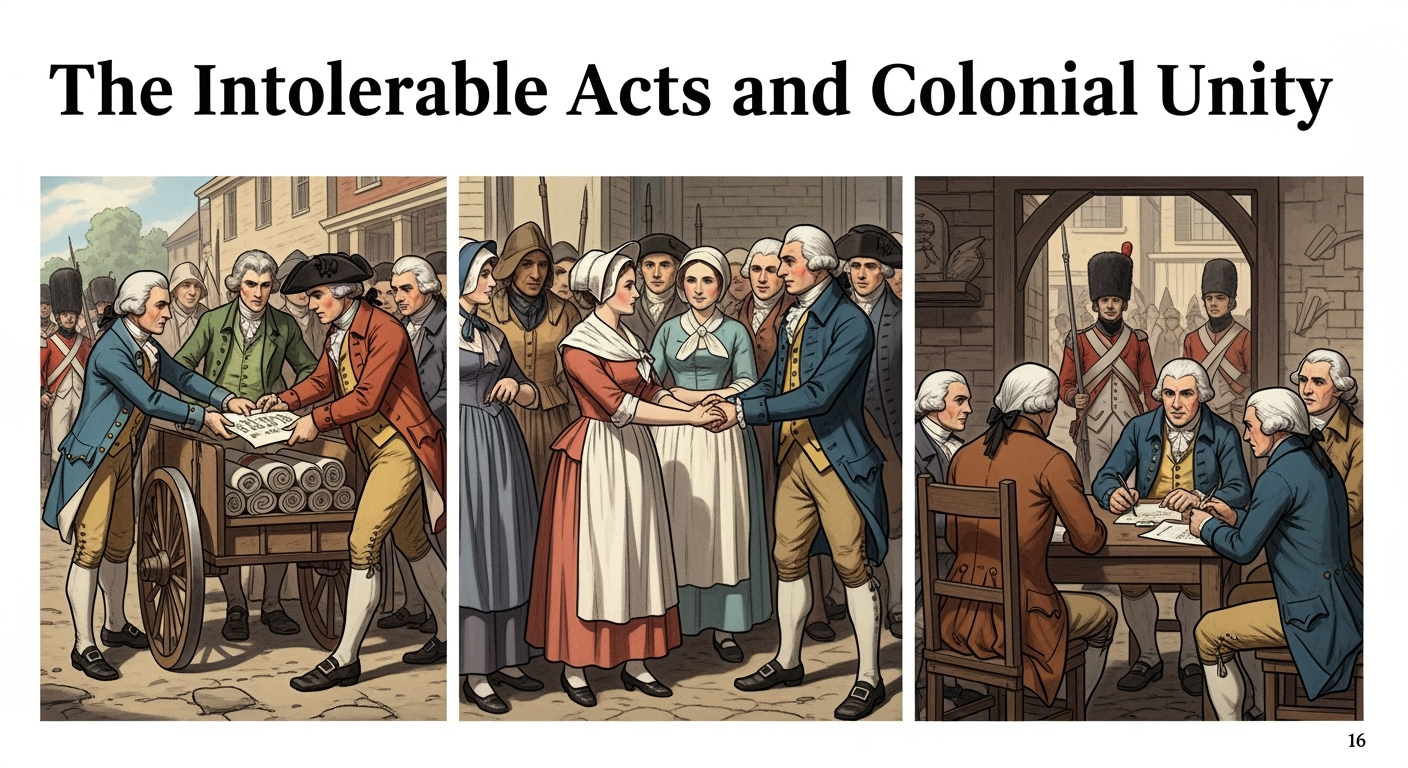
Enlightenment Ideas and the Language of Liberty
While economic grievances were important, the Revolution was also fueled by ideas. The Enlightenment, a European intellectual movement, emphasized reason, individual rights, and the social contract between governments and the governed. Thinkers like John Locke argued that people had natural rights to life, liberty, and property and that governments existed only with the consent of the governed.
American colonists embraced these ideas passionately. Pamphlets, sermons, and newspapers spread the language of liberty. One of the most influential voices was Thomas Paine, whose 1776 pamphlet Common Sense made a direct, plainspoken case for independence. Paine argued that monarchy was corrupt, that America was too large and diverse to be ruled from overseas, and that the colonies had the chance to create a new kind of society based on freedom and equality. His words inspired thousands to see independence not just as a possibility but as a necessity.
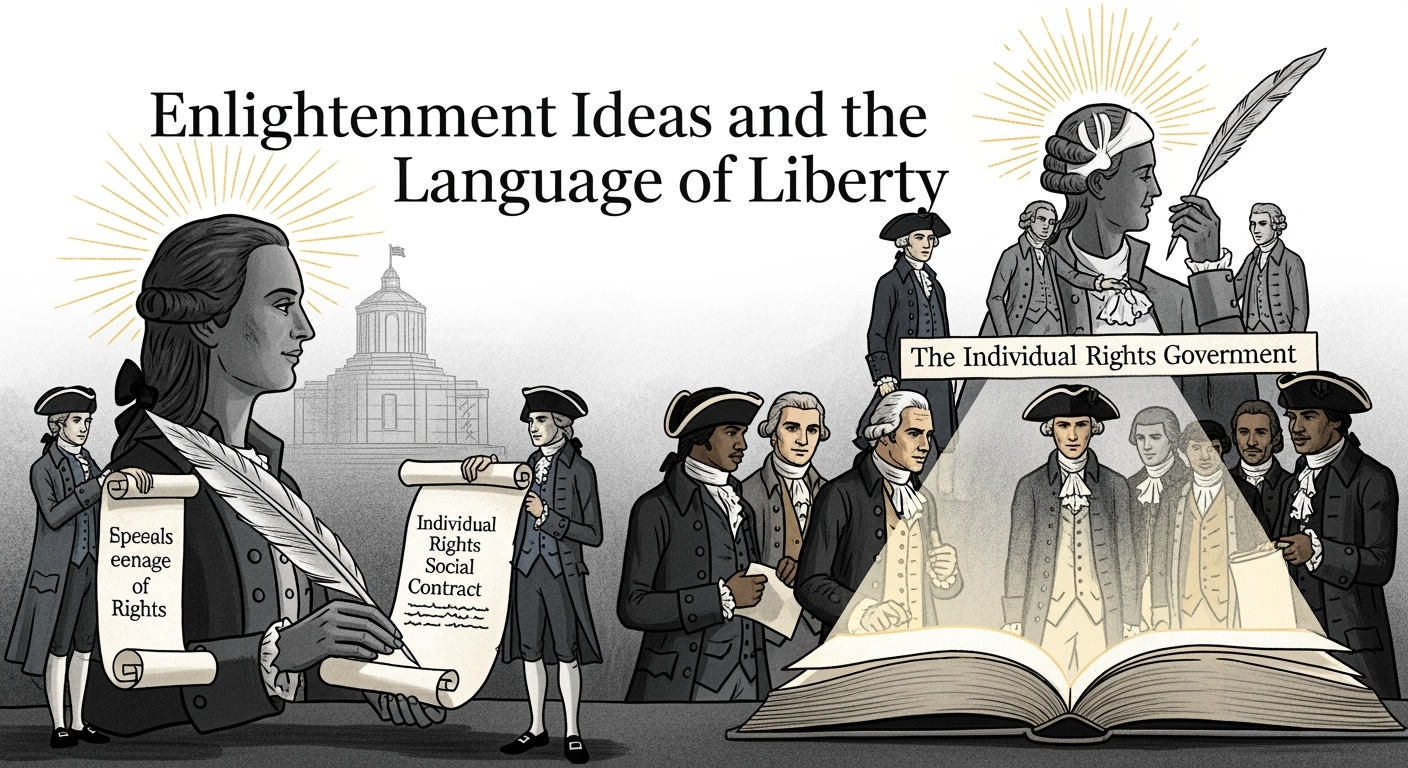
From Protest to War
By the mid-1770s, protest had turned to armed conflict. In April 1775, British troops marched to Lexington and Concord to seize colonial weapons. Local militias, known as Minutemen, confronted them. The battles that followed marked the first shots of the Revolutionary War. "The shot heard round the world" signaled that compromise was slipping out of reach.
Despite the fighting, many colonists still hoped for reconciliation. The Continental Congress sent the Olive Branch Petition to King George III, pledging loyalty while asking for redress of grievances. The king rejected it outright, declaring the colonies in rebellion. For many, this confirmed that independence was the only path forward.
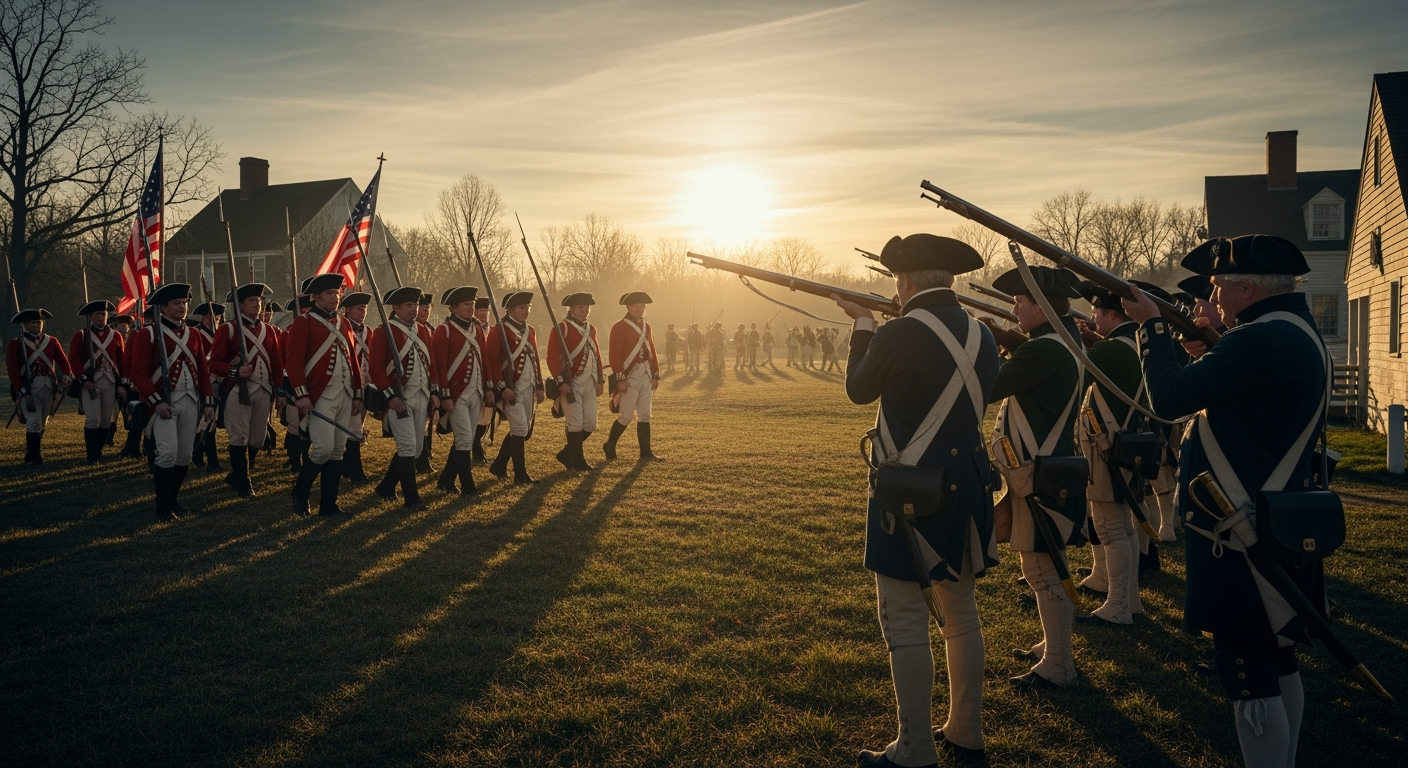
Drafting the Declaration
By the summer of 1776, momentum for independence was unstoppable. Delegates to the Second Continental Congress debated fiercely but ultimately voted to sever ties with Britain. A committee of five men, including John Adams, Benjamin Franklin, and Thomas Jefferson, was tasked with drafting a formal declaration.
Jefferson’s draft drew heavily on Enlightenment principles, asserting that all men are created equal and endowed with unalienable rights. Governments derive power from the consent of the governed, and when they become destructive, the people have the right to alter or abolish them. The document listed specific grievances against King George III, portraying him as a tyrant who had trampled colonial liberties.
On July 4, 1776, the Declaration of Independence was adopted. Bells rang out across Philadelphia, and copies were sent to be read publicly in towns throughout the colonies. The bold announcement transformed a colonial rebellion into a revolution.
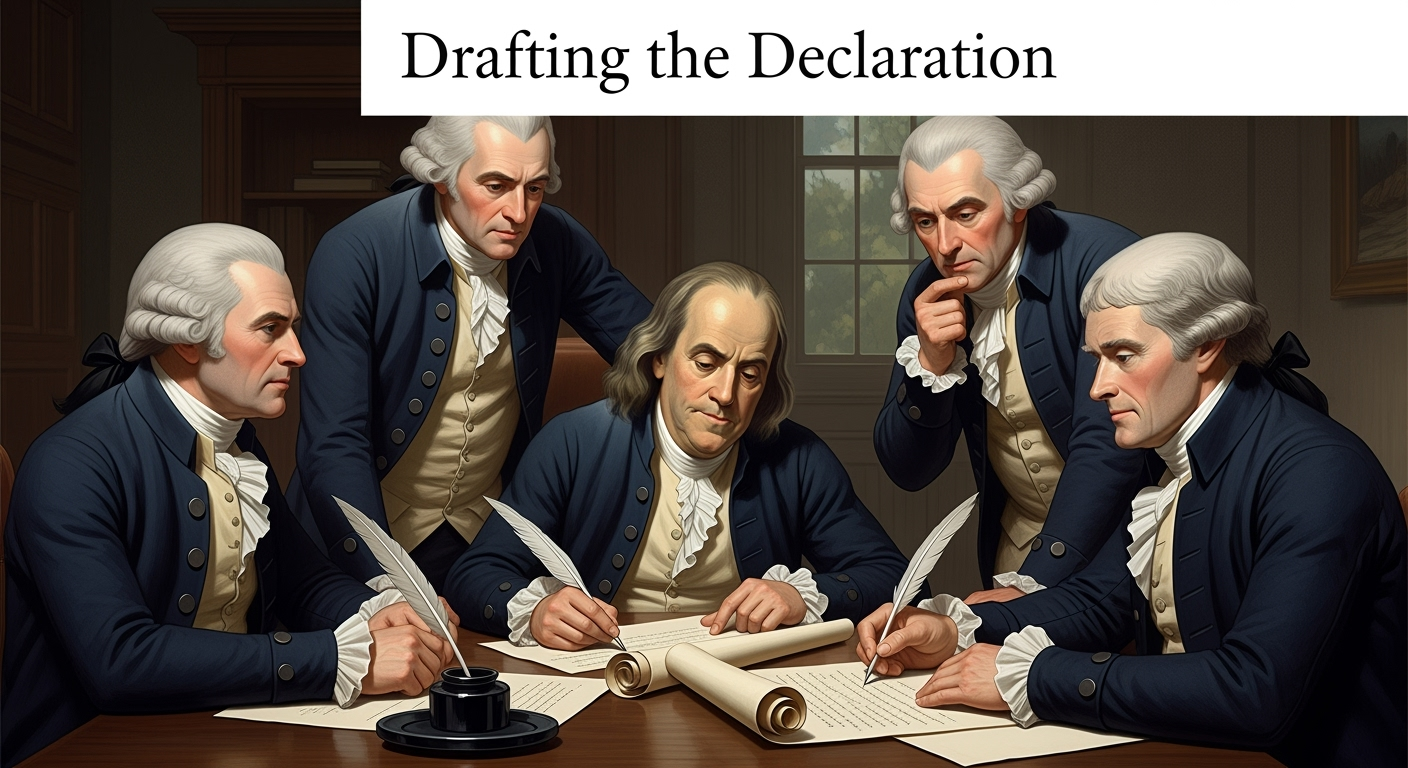
Key Leaders of the Movement
The Revolution was not the work of a few individuals but of many leaders and ordinary citizens. George Washington, appointed commander-in-chief of the Continental Army, embodied courage and perseverance. His leadership helped hold together a struggling army that often lacked supplies and faced defeat.
Benjamin Franklin used his diplomatic skills to secure French support, which proved crucial to the eventual American victory. John Adams, both as a delegate and later as a diplomat, pushed tirelessly for independence and international recognition. Thomas Jefferson provided the soaring words that gave the Revolution its enduring ideals.
Ordinary men and women also played vital roles. Farmers, merchants, and artisans took up arms. Women managed farms and businesses, organized boycotts, and sometimes acted as spies or messengers. Enslaved people and Native Americans faced difficult choices, some siding with the British in hopes of freedom or protection, others aligning with the revolutionaries.
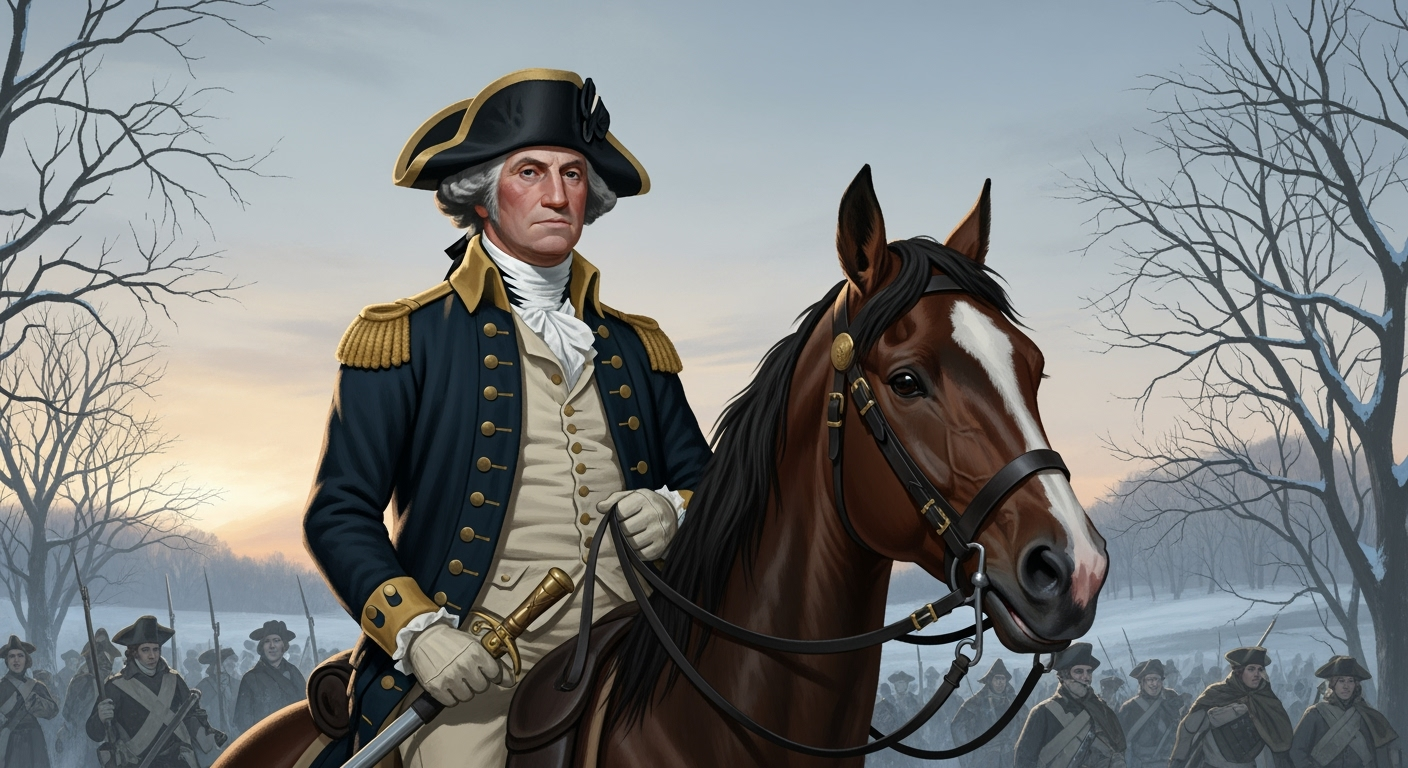
The Risk and the Promise
Declaring independence was an act of immense risk. The colonists faced the most powerful empire in the world with a professional army and vast resources. Victory was far from guaranteed, and failure could mean execution for treason. Yet for many, the promise of liberty outweighed the dangers.
The Revolution was not simply about taxes or trade. It was about the belief that people had the right to govern themselves, to shape their own destiny, and to live free from tyranny. That belief transformed thirteen colonies into the United States of America.
The American Revolution was more than a war of muskets and cannons. It was a revolution of ideas, driven by Enlightenment principles and fueled by the determination of ordinary people. Colonists declared independence because they believed their rights were being trampled, their voices ignored, and their future endangered. They saw an opportunity to create something entirely new, a nation built on liberty and equality, however imperfectly realized at the time.
The decision made in 1776 still resonates today. It reminds us that freedom is never handed down easily, but won through struggle, conviction, and sacrifice. The American Revolution was the birth of a nation, but it was also the birth of an ideal that continues to inspire movements for justice around the world.
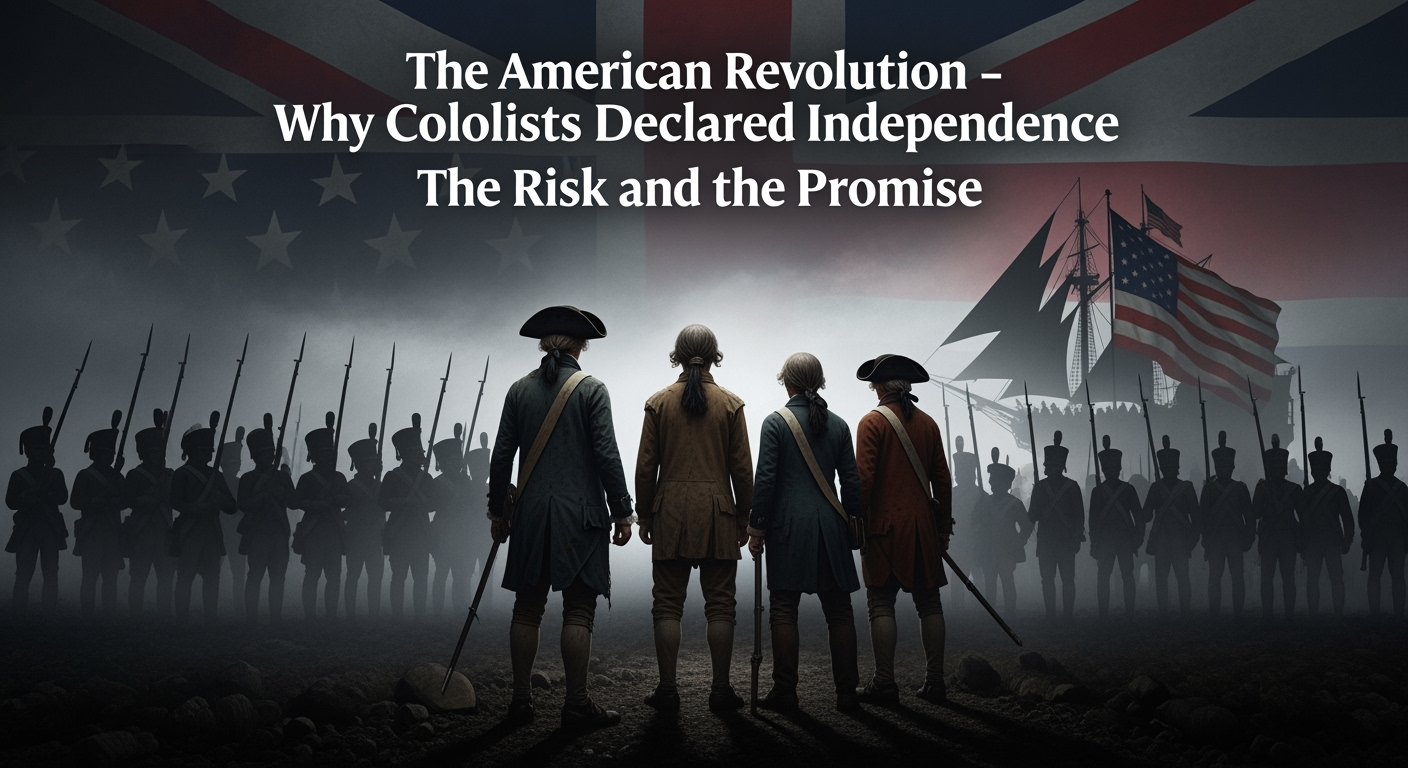
Disclaimer
This article is for educational and informational purposes only. While HistoryReveal.com strives for accuracy, historical interpretation may vary, and readers are encouraged to consult additional sources for deeper study.